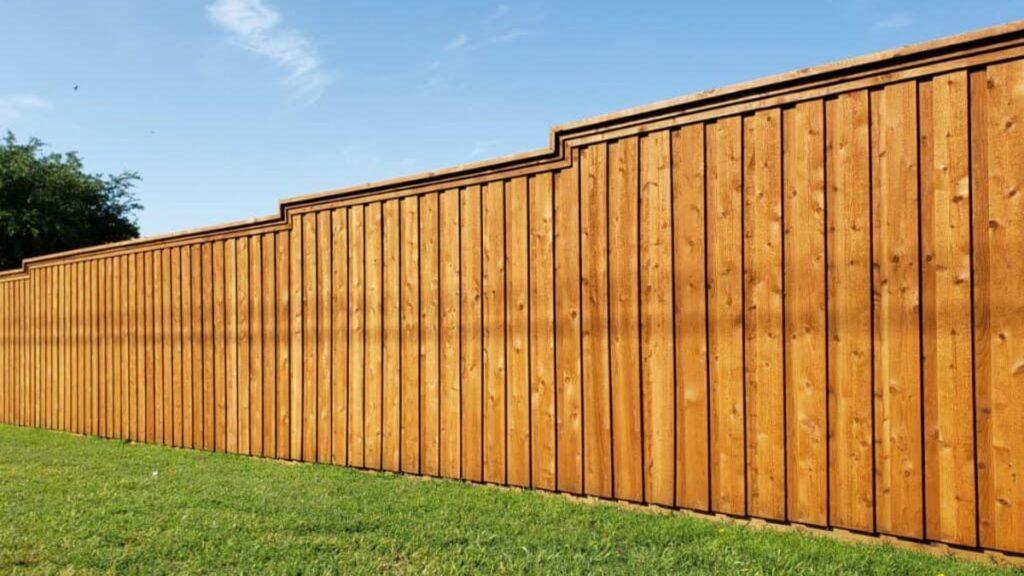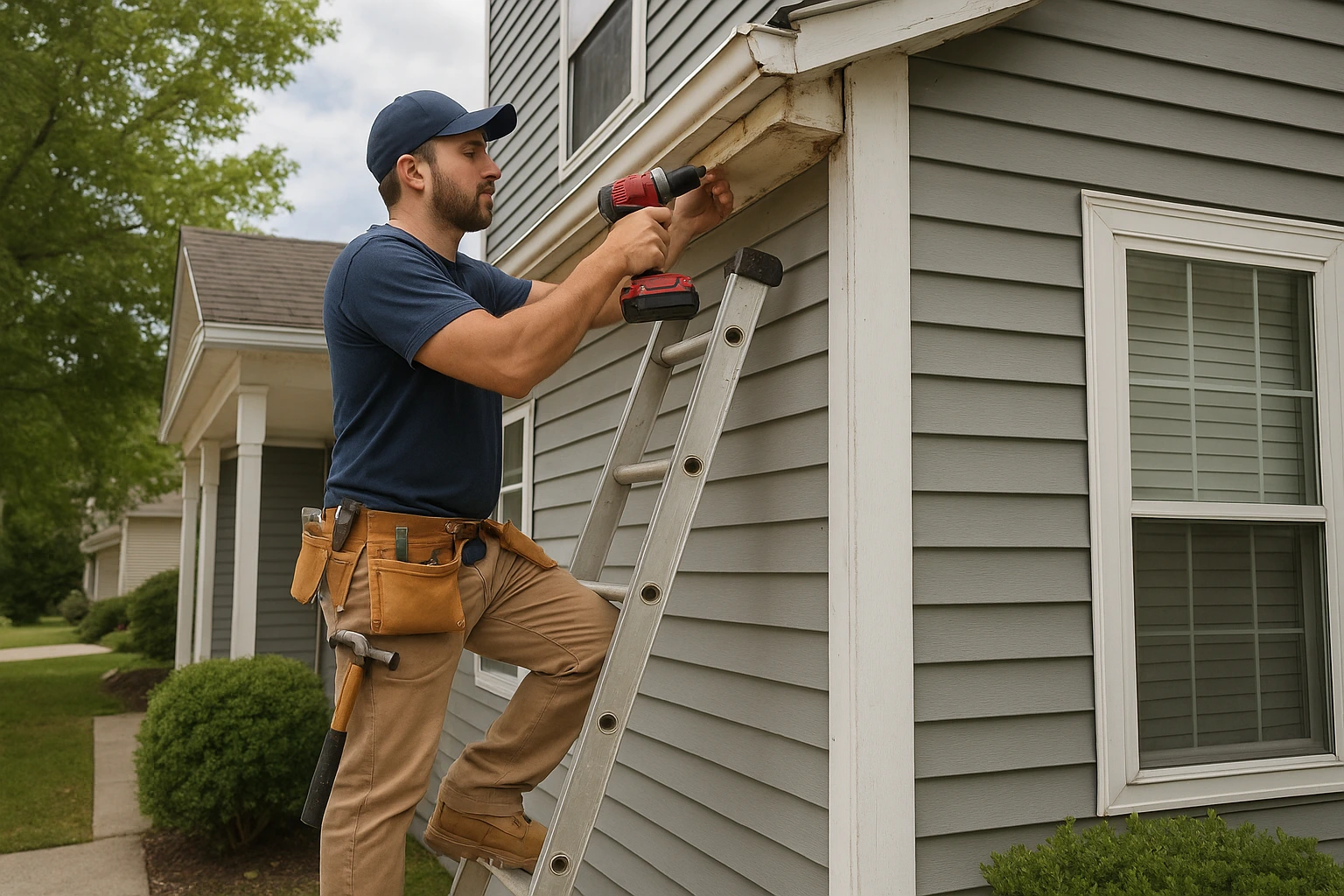Imagine stepping into your backyard and feeling the feeling of security, privacy, and beauty – thanks to all the right fences. A backyard fence is not just a functional barrier; It defines your external location, protects pets and children, increases your home’s appeal, and even increases property value.
But there are so many fencing options available that choosing the right one can be difficult. In this guide, we will find out that backyard fencing matters, a variety of fences, a step-by-step guide for installation, general mistakes to avoid, and future fencing trends.
Why backyard fencing matters
1. Provides privacy and security
A well-built fence keeps unwanted eyes out while protecting a home from trespassers, wildlife, and stray animals.
2. Appeal and property increase the value
According to real estate experts, a high-quality backyard fence can increase the property value by 10%. It adds character and complements your landscaping.
3. Ensure pets and hair safety
A strong fence prevents pets from wandering and protects children while playing outside.
4. Defines property limitations
A fence property ends the property line disputes and gives your yard a well-defined circumference.
Types of backyard fence: professionals and opposition
1. Wooden fence
Professionals: Classic look, adaptable, and inexpensive.
Opposition: Maintenance (staining/sealing) is required, susceptible to weather damage.
2. Vinyl fans
Pros: Low maintenance, weather-resistant, different types of styles.
Cons: High upfront cost, limited adaptation.
3. Metal fence (iron and aluminum)
Professionals: Durable, elegant appearance, safety adds.
Opposition: Expensive, rust (iron co in), may be less privacy.
4. Chain link fence
Professionals: Cost-effective, easy to install, durable.
Opposition: Minimum privacy, low beauty appeal.
5. Overall fence
Professionals: Environmentally friendly, highly durable, and mimics wood.
Opposition: expensive, limited style options.
6. Bamboo fence
Pros: It is environmentally friendly, stylish, and private.
Opposition: Ceiling is required, cannot withstand extreme weather.
Step-by-Step Guide: How to Install a Backyard Fence
Step 1: Check local rules and HAS rules
Before installing the fence, check your city’s zoning laws and any homeowner association (HAA) sanctions.
Step 2: Choose the right fence material
Consider factors such as budget, climate, and purpose (privacy, security, aesthetics) before selecting a material.
Step 3: Measure your property
Use a measuring tape to determine the fence’s circumference. Mark the boundary lines to avoid encroachment on the property of the neighbors.
Step 4: Collect the required equipment and materials
- Fence panel or post
- Solid mixture (for posts)
- Post Hole Digger
- Level
- Hammer and nail/screws
Step 5: Excavation Post Hole
Dig holes 2-3 feet deep to ensure stability. Space posts equally (usually 6-8 feet apart).
Step 6: Protect the posts
Fill the holes with concrete and set them for 24 hours.
Step 7: Attach panel or rail
Secure the fence panel for the post using nails or screws.
Step 8: Apply Finishing Touch
- Paint/stain for wooden fence.
- Sealant for bamboo or overall fence.
- Check the gap and make sure that all parts are properly safe.
Common mistakes to escape
1. Skipping permit and rules
Local fencing laws can be fined or forcibly removed by ignoring them.
2. Choosing the wrong material for your climate
- Wooden fences can rot in humid areas.
- The metal fence can rust in the rainy climate.
- Vinyl may taunt -to -taunt in excessive heat.
3. Set the post setting post sufficiently
The shallow post holes lead to the weak, unstable fence – the ENSR post is at least 2 feet deep.
4. Ignore the need for maintenance
Every fence type requires up. Check for regular loose panels, rust, or fading.
Future trends in backyard fencing
1. Smart Fencing Solutions
Fences equipped with new sensors can detect movement, and smart homes can integrate with security systems.
2. Environmentally friendly fence
Permanent materials like recycled plastic and bamboo are becoming popular options.
3. Vertical garden and green fence
Plants such as Ivy provide fences, secrecy, and eco-profit.
4. Customizable and modular fencing
Homeowners are selected for interchangeable fence panels for easy design updates.
Last Idea: Choosing the right fence for your home
Your backyard fence is an investment in security, privacy, and aesthetics. Whether you prefer a rustic wood fence, a smooth vinyl design, or an environmentally friendly bamboo option, the right fence may change your external location.
Ready to increase your backyard? Explore your options, check the local guidelines, and start your fencing project today!




